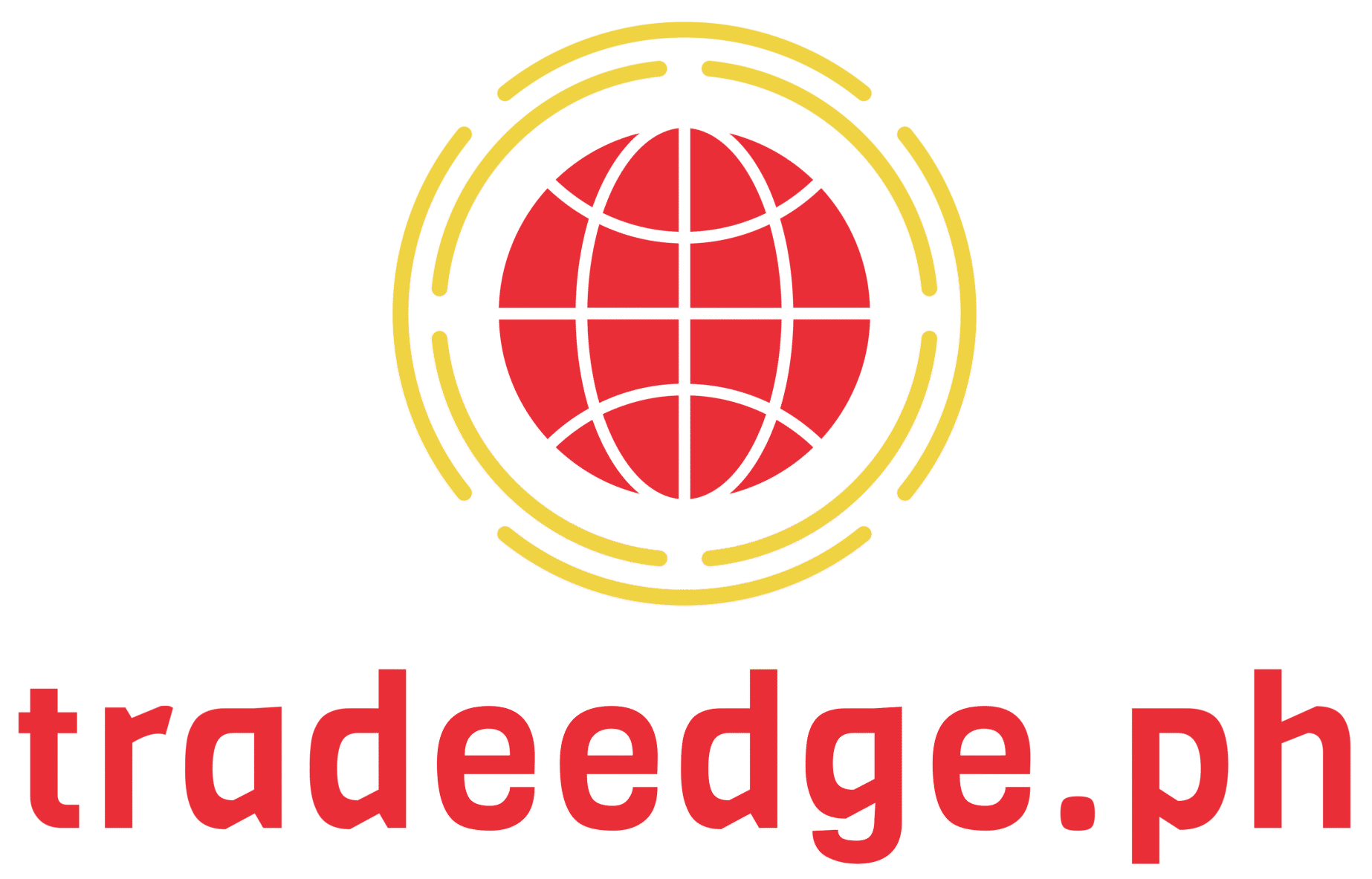Accessing capital remains one of the most significant hurdles for small and medium-sized enterprises (SMEs) in the Philippines. While there are numerous funding sources available, navigating through them requires careful consideration of the options and strategies. Here’s a closer look at the different funding sources for SMEs and the best practices to access them.
Available Funding Sources
- Government Loan Schemes:
Government-backed financial initiatives are a critical lifeline for SMEs in the Philippines. Programs like the Micro, Small, and Medium Enterprise (MSME) Credit Program provide low-interest loans with flexible repayment terms. These loans are primarily aimed at businesses that need capital for working expenses, expansion, or purchasing equipment. - Banks and Commercial Lenders:
Despite the stringent criteria, traditional banks remain one of the most reliable funding sources for SMEs. The Philippines’ major banks, such as BPI and Metrobank, offer small business loans and lines of credit with competitive interest rates. To qualify for bank loans, SMEs must present strong business proposals, demonstrate a clear repayment plan, and meet creditworthiness criteria. - Microfinance Institutions (MFIs):
MFIs are vital to the Philippine economy by serving the underserved population. They offer smaller, more accessible loans to entrepreneurs who lack the collateral and credit history required by larger banks. These institutions tend to have a more lenient application process, making them an excellent option for micro and small enterprises. - Angel Investors and Venture Capital:
For SMEs with high growth potential, angel investors and venture capital firms offer a way to secure significant capital. These investors typically expect equity in return, making it crucial for business owners to have a solid growth plan and a compelling value proposition. - Crowdfunding:
Online crowdfunding has gained momentum in the Philippines as an alternative funding source. Crowdfunding platforms such as Gava and SeedIn allow SMEs to present their business ideas to the public and raise capital in exchange for rewards or equity stakes.
Best Strategies to Access Capital
- Develop a Detailed Business Proposal:
A well-prepared business proposal is essential for securing funding. The proposal should include detailed financial projections, a clear business model, and an outline of the market opportunity. A solid business proposal increases the likelihood of attracting investors or lenders. - Establish Strong Financial Records:
SMEs need to maintain accurate financial statements that demonstrate their ability to manage funds responsibly. Transparent financial records and a history of steady cash flow will improve the chances of obtaining funding. - Explore Government and Private Sector Programs:
Entrepreneurs should research available funding programs from government and private sources. Government-backed programs often have lower interest rates and more lenient eligibility requirements. Private sector programs may offer more flexible repayment terms and quicker processing times. - Leverage Collateral:
Offering collateral, such as property or equipment, can increase the chances of securing a loan from banks or microfinance institutions. Collateral reduces the lender’s risk and may result in more favorable loan terms. - Build a Network of Support:
Networking with other business owners, government representatives, and financial advisors can help SMEs discover new funding sources and gain access to valuable advice and guidance. Building a supportive network is a powerful strategy for any entrepreneur looking to expand their business.
In conclusion, accessing capital in the Philippines requires a combination of strategy, preparation, and the right resources. By exploring government programs, commercial loans, and alternative funding options, SMEs can secure the capital they need to grow and succeed.




